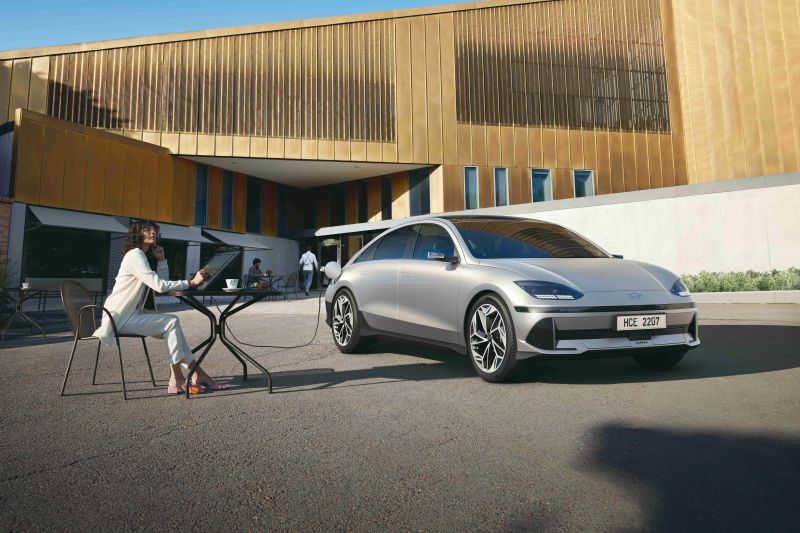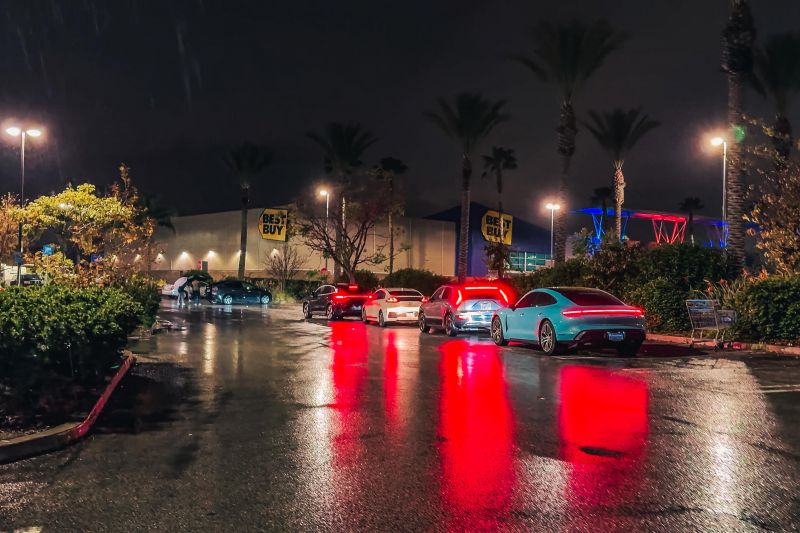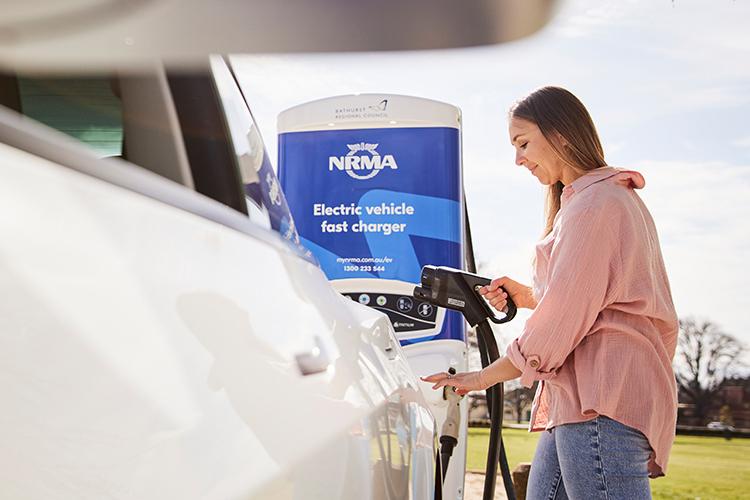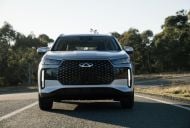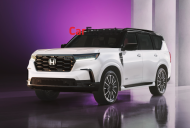SPONSORED
We’ve all made the mistake of going to a busy DC public fast charging station where all available bays are occupied… and there’s not an owner in sight.
Obviously, the first thing to do is to safely park your vehicle so as to not block other cars, particularly if you’re at a shopping centre carpark, before getting out to check the level of charge at each of the charge points in use.
Hopefully, there will be one of two vehicles which are either at close to 80 per cent capacity or even more, in which case if the owners are using a charging app to monitor progress they’ll likely be returning soon enough.
Nevertheless, I’ve had arguments with EV owners refusing to budge until their battery capacity reached 100 per cent despite the fact there were three of us EV owners waiting for a quick top-up.
MORE: Our US EV charging nightmare, and what it means for Australians
In my case I just needed 10 minutes of charge time on either of the two 120kW DC chargers for the Hyundai Ioniq 6 I was driving at the time just to get home (it’s a long story).
When my ethics argument failed to move these EV campers on prior to their 100 per cent capacity sit in I tried to use the 80 per cent rule, not only because the charging rates slow down dramatically past the 80 per cent mark, but because the long-term health of the battery is improved when kept below 100 per cent.
Mind, there’s no hard and fast rule that prohibits EV owners charging to 100 per cent capacity at publicly accessible DC charging stations, either by shopping centre management or EV charging operators themselves.
And while it’s perfectly fine to do so if there’s no-one else waiting, it’s a bit rich to camp there while the queue of owners looking to charge starts piling up – most of whom will likely be showing signs of obvious frustration.
It’s especially frustrating if, like me, you only required 10 minutes of charge time on an ultra-fast charger to get out of trouble.
The Ioniq 6’s long-range 77.4kWh lithium-ion battery pack uses an 800V electrical architecture which supports ultra-fast DC charging at up to 350kW, which would see the battery go from 10 to 80 per cent capacity in as little as 18 minutes.
Even using the 120kW charger at Chatswood Chase, 10 minutes of charge time was more than enough to make it home to my three-pin plug with ample mileage given I joined the queue with 13km of range still showing.
The easy solution is to subscribe to as many charging networks as possible to keep your options open.
Previously I’d only subscribed to Chargefox and NRMA through their respective charging apps, but simply by adding Evie Charging it opened up access to four additional rapid 150kW chargers within a couple kilometres of home, and as luck would have it they’re rarely busy.
Perhaps shopping centre managers can call on their patron’s sense of fair play and goodwill towards others by erecting signs at the charge bays advising drivers to limit charging to a maximum of 80 per cent capacity when others are waiting.
To me that’s a perfectly reasonable request which most folks would have no issues complying with. And even it works just 50 per cent of the time, it’s still a winning solution that might end up becoming standard practice.

